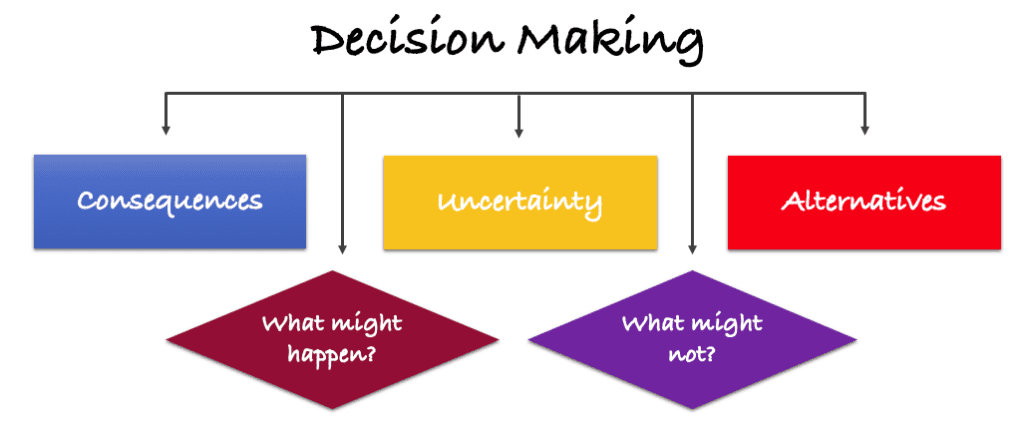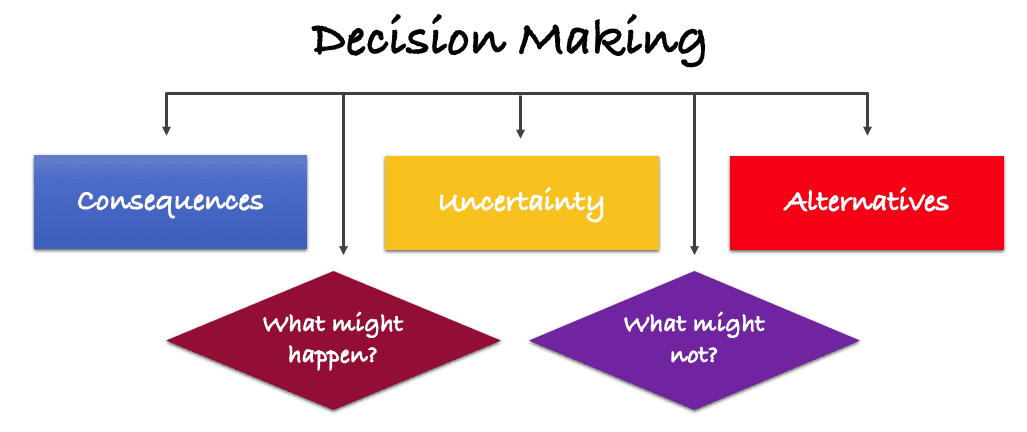Charity Research Round Up. Issue 3

Welcome to the third edition of Bluefrog Fundraising’s Research Digest. In this edition, we’re focusing on a study from the archives which relates to much of our thinking at the moment about the impact of choice on how donors give. If this area interests you can I also suggest the following recent posts:
Normal service will resume with issue 4. In the meantime, if you have some research you are willing to share or you need a little help you with your own research projects please get in touch. Happy reading.
Donation dilemmas: A consumer behaviour perspective
Sally Ann Hibbert and Suzanne Horne, 1997.
This paper examines the donor decision-making process through the paradigm of consumer buying decisions. Despite its publication date, it highlights aspects of the decision-making process which are still pertinent in 2019. Anyone who has read Thinking Fast and Slow might recognise some of the themes.
Following a review of existing literature, the authors sought to establish whether donors are more likely to use “limited problem-solving” to make donation decisions, as has been discovered to be the case in the context of consumer purchase decisions.
Limited problem-solving decisions are defined as those where the consumer (or donors) makes very little effort in the decision-making process. A number of factors can lead people to engage in this type of decision making. For example:
- Where there is a perceived low-risk attached to purchase
- The retailer has a good reputation
- It's a regular purchase
- There are situational factors at point of purchase e.g. temporal, physical and social
With regards to fundraising, the researchers highlight that in most cases, the decision to give is “activated” by a solicitation of some kind. It is these types of decisions that this research deals with, as opposed to situations when a donor might make (in their view) a spontaneous or autonomous decision to support a cause.
The focus the study takes is on the “information search” carried out by donors to reach a donation decision. They identify two types. An “internal search” whereby the donor draws on existing experiences or knowledge and an “external search” which involves seeking other sources to fill any gaps in knowledge to reach a conclusion.
The internal search
The salient factors cited by participants as part of their internal search are much the same as we see time and again in donor research today. For example;
- The strength of connection they feel to the cause
- Their perception of how much of their donation will be ‘wasted’ on such things as fundraising and admin
- The level of trust they feel towards the organisation
- The context and method of asking
The authors conclude that these factors suggest limited problem-solving greatly influences donation decision-making. Moreover, underpinning these factors is the use of strategies to simplify decision-making. A “heavy reliance on existing attitudes” and the use of decision “short-cuts” to make the process easier and quicker helps donors eliminate uncomfortable feelings such as guilt or being overwhelmed by moral obligation.
And remember this is research from 1997. A time when the minority of people who owned mobile phones used them just for making calls, Channel 5 had only just launched and you could only access the internet at home if your mum wasn't calling one of her friends. In 2019 there are so many more options available when decision making that it can initiate “Option” or “decision paralysis” which often results in an increased desire to use short-cuts to make 'less-important' decisions – such as giving a gift to a charity. Do any of these sound familiar?
“I only give to <animal/environment/children/local> charities”
“X charity was involved in X scandal, therefore I don’t have to give to them”
“I’ll respond to <my preferred channels> and ignore <all other channels>”
The external search
The paper identifies that there are “very few instances in which donors seek substantial amounts of external information”. However, when an external search is required, the paper highlights the importance of “extrinsic cues” in influencing the donor’s conclusions. Extrinsic cues are especially important in the case of giving to charity (as opposed to consumer transactions) when the benefit to the donor is essentially intangible.
Extrinsic cues could include:
- The emotions that the initial interactions with the charity evoked (this could be the ask itself or the ‘impression’ given from brief research into the organisation)
- The potential donor’s mood at the point of being asked
- The fundraiser’s character
What fundraisers can do
The take-out here for fundraisers is that the donation decision-making process does not really rely on a significant amount of rational thought on the part of the donor. A ‘feeling’ or an ‘impression’ they already have, or glean from their first contact with you, counts for a lot.
However, you can take steps to help ensure your organisation emerges positively from the ‘information search’ and therefore maximise your chances of a donation.
Here are some thoughts…
- Look for opportunities to counteract negative press about fundraising by regularly communicating outside of your supporter base about your impact. For example, you could consider taking out a regular press ad simply highlighting your top 5 achievements for beneficiaries over the last year and what you’ll be doing next. Or even have a You may have seen a story about us in the press, here's the truth button on your website.
- Take advantage of opportunities to be transparent about the realities of fundraising (including your ratios – as we know most donors assume the worst when it comes to the thorny subject of admin). As far as possible be honest when things are a struggle or go wrong. Donors value authenticity.
- Consider the scenarios where a donor might interact with a fundraiser (or anyone else for that matter) from your charity. How confident are you that the donor will be left with positive impression, whether or not they choose to give? This highlights that you really should have a real person answering your phone trained in helping donors give. See This piece by Simon Scriver for more about why this is important.
- Donors should be able to find the information they are looking for about you quickly and seamlessly using whichever channel they prefer. This process should move beyond functional; any interaction with you (online, offline, face to face) should engage the donor and clearly show them what their role would be in achieving your organisation’s aims.
Faced with overwhelming choice, media scandals and fake news, the need to simplify decision-making is only likely to become more important to donors. The authors recommend that charities strategically consider how they will influence donor attitudes in the long-term, in order to positively impact decision-making. Time spent considering this will arguably be time well spent. And when you consider this paper was published twenty years ago, you can see why it's essential reading today. You can download the full paper at the link below. Thanks to Sally Hibbert for allowing us to share. It's hard to hunt down.
If this has got you interested, try this piece from Bernard Ross next.
Rachael Harris @Missrachharris
Tags In
The Essentials

Crack the Code to Regular Giving: Insights, Strategies, and a Special Giveaway!

‘Tis Halloween. Keep to the light and beware the Four Fundraisers of the Apocalypse!

Why do people give? The Donor Participation Project with Louis Diez.

A guide to fundraising on the back of a postcard

What does the latest research tell us about the state of fundraising?






